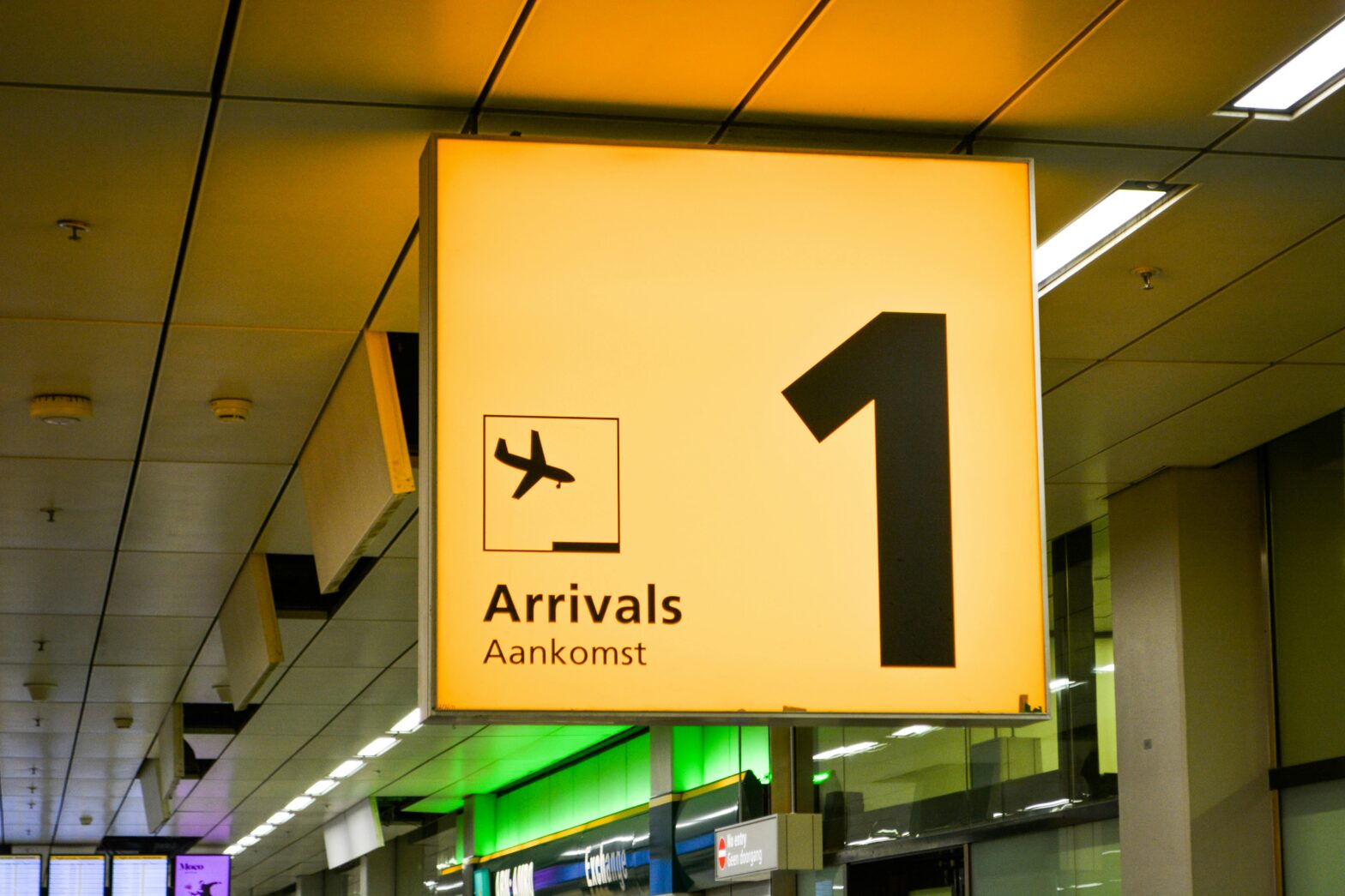Some of the UK news media seem to enjoy finding fault with EU regulations – and sometimes that might not be so hard. In doing this their aim appears to be to increase concern among the public about how we, as individuals, will be disadvantaged. In this context, I thought it might be worth unpicking the panic about one such “spectre” on the horizon: the new EU Entry/Exit System (EES).
What is the EU Entry/Exit System?
Starting some time in 2025, British nationals entering the European Union (EU) will meet new border controls. Designed to enhance security across the Schengen Area, this digital system will replace traditional passport stamps with biometric data collection – principally finger prints and facial images.
While the system does introduce changes, for most travellers it should be a manageable shift, especially with a little preparation. Understanding the changes and how to prepare can make the experience smoother and even straightforward.
The EES is a digital border control system that uses biometric data (as above, fingerprints and facial images) to register non-EU nationals entering and leaving the Schengen Area. It aims to modernise border controls, eliminate manual passport stamping, and introduce automated record-keeping. For UK nationals, this means providing biometric data upon the first entry into the EU under the new system.
For the EU, the system will offer significant advantages. Digitalisation will help ensure compliance with the 90-day rule for non-EU visitors: travellers can stay in the Schengen Area for up to 90 days within a 180-day period. Automated record-keeping should eliminate human error and guesswork, for travellers and border officials alike. Border authorities will be better equipped to monitor movements, enhancing security and reducing potential errors or disputes about entry durations.
How will it affect UK travellers?
The UK is no longer part of the EU, so British nationals are non-EU visitors. The EU Entry/Exit System introduces a new process for entering Schengen Area countries. On arrival, we will need to provide biometric data, as mentioned above. The process will be quicker for subsequent visits, as the data will already be stored in the system.
This initial process, while taking slightly longer than the current manual passport stamping should lead to long-term benefits. A key aspect of the system’s convenience lies in its planned app functionality. Travellers will eventually be able to upload some of the required information in advance, speeding up border crossings. By entering details like travel itineraries and passport numbers, the process will become more streamlined.
The system is also designed to make things straightforward for frequent travellers. Once you’ve completed the initial biometric registration, future trips will involve a simple verification process. The system is intended to ensure that travel remains efficient and avoids unnecessary repetition of procedures.
It’s worth noting, of course, that this will still take longer than it does for EU citizens. They will still be able to cross Schengen Area borders with minimal inspection of documents.
When will the new EU Entry/Exit System be introduced?
Originally scheduled for 2022, the EES has faced delays and is now expected to roll out in 2025. It will probably start in late March but won’t be implemented everywhere at that point. Member states will have up to six months to implement the system progressively. Importantly, it won’t be everything, everywhere, all at once. The intention is that, initially, only a portion of travellers entering will go through the new system, in order to avoid blockages and delays. This staggered introduction allows border points, including airports, ports, and rail stations, to adapt to the new procedures without overwhelming travellers or officials.
Should You Expect Delays?
The first phase is likely to bring modest delays at some border crossings, especially during peak travel periods. Realistically, we probably should expect delays at popular border crossings close to the UK. Biometric data collection requires slightly more time than a traditional passport stamp, and the learning curve for border officials and travellers alike may slow things further. However, if arrangements go according to plan, it may add only 5 minutes to a typical Eurostar journey, for example.
Significant investment in preparation should minimise disruption. The UK government has allocated £10.5 million to ports such as Dover and Eurostar terminals to ensure they are equipped with the necessary technology.
To keep things simple when you travel, plan ahead. Arrive early for transport connections and ensure you have all necessary documentation ready. Familiarise yourself with the requirements and making use of the forthcoming app can also ease the process. While there may be initial bottlenecks, these will diminish as the system becomes fully operational and widely understood.
A Streamlined Future for Travel?
For most UK nationals entering the EU, the EES represents a short-term adjustment rather than a long-term inconvenience. While the first experience with the system may take a little longer, the use of biometric records will streamline future border crossings. The ability to register some details in advance further supports a more efficient process, making travel to the EU smoother over time.
Additionally, the EES is part of broader efforts to enhance security and modernise border management. By eliminating manual passport stamping and using digital systems, the EU aims to reduce fraud and improve the overall travel experience. For travellers, this means fewer risks of entry disputes and, ideally, a more transparent system.
Two useful sources of information are:
The page on the EU Entry/Exit System on gov.uk and on the EU website, New requirements to travel to Europe.
As with any new system, patience and preparation are key. Stay updated with the latest developments and, as the system rolls out, allow extra time for your journey. With a little forethought and some adjustments, your travels to Europe should remain uncomplicated and easy to manage – and possibly better than waiting for your passport to be stamped.
By Declan Morton, writer and editor at Essiell Ltd and Money4Travel.



